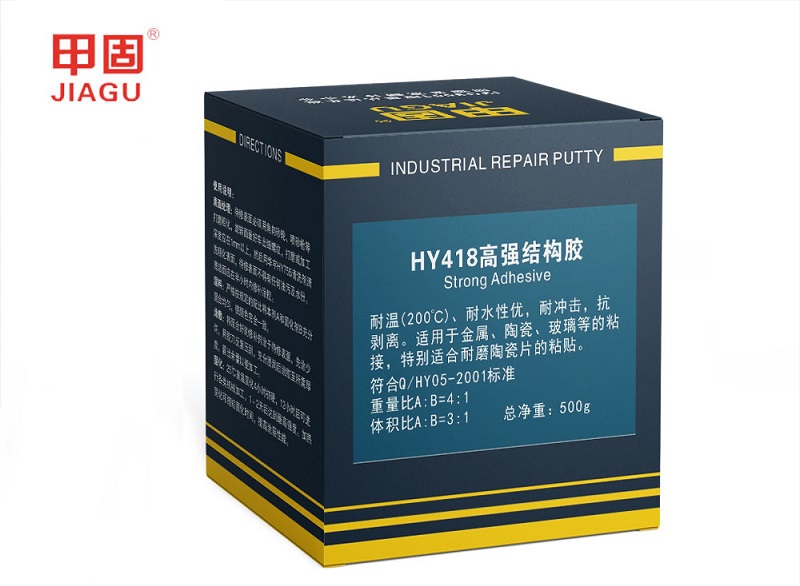What glue can bond metal? Metal is a common material and can be bonded with Ruilangda adhesive. What are its advantages, applications, and precautions? The adhesives used in the assembly process involving metal substrates and components are divided into two categories: Ryzen Gundam structural adhesive, which is used to bond components and is the main means of supporting loads; There is also Ruilangda sealant, which typically enhances the sealing or retention of mechanical connection components.
What glue can bond metal? Metal is a common material and can be bonded with Ruilangda adhesive. What are its advantages, applications, and precautions? The adhesives used in the assembly process involving metal substrates and components are divided into two categories: Ryzen Gundam structural adhesive, which is used to bond components and is the main means of supporting loads; There is also Ruilangda sealant, which typically enhances the sealing or retention of mechanical connection components.
By understanding the processing and performance advantages provided by adhesives, you can simplify manufacturing operations and produce sturdy components while reducing overall assembly costs. Adhesives have multiple advantages that make them an attractive alternative to mechanical fastening or thermal connections, such as welding, soldering, and brazing.

The heat resistance and chemical resistance of adhesives are important considerations for metal bonding. Metal substrates and adhesives have different coefficients of thermal expansion (CTE), which can cause the bonding joint to weaken during repeated heating and cooling. Some adhesives have sufficient elasticity to adapt to these stresses. In addition, for metals such as aluminum and steel that can form loose oxide layers in humid environments, some adhesives can prevent moisture from reaching the metal surface in the bonded joint.
The Seven Adhesives; Clan” Usually used for bonding metals. Four commonly used bonding techniques for metal bonding - two-part non mixed acrylic resin; Two-component mixed acrylic resin; Two parts of epoxy resin; Polyurethane provides high adhesive strength and can withstand harsh environments. The other three chemicals: cyanoacrylate, photopolymerizable acrylic resin, and organosilicon, are suitable for specific applications but either cannot withstand harsh environments or provide high adhesive strength from other families.
nine hundred and one
Two component non mixed acrylic resin is durable, tough, and can rapidly develop adhesive strength, but provides limited curing depth. Two component mixed acrylic resin provides better curing depth, durability, and toughness, but often cures slowly. Two component epoxy resin has high strength, durability, excellent curing depth, and temperature resistance, but the curing speed is slower than any acrylic resin series.
Cyanoacrylate or instant adhesives are single component adhesives that can quickly cure at room temperature to provide high shear strength. The benefits of simplified processing are offset by performance limitations, such as shallow curing depth and poor peel strength. Light cured acrylic resin can cure in a few seconds and provide good strength performance when exposed to appropriate light, but it should usually be used in a substrate where light can be transmitted to the bonding line.
nine hundred and two
Organosilicon has a long curing time and low cohesive strength, but maintains its properties over a wide temperature range and exhibits excellent environmental resistance. The structural adhesive used for specific applications should be determined by considering key factors such as the substrate to be bonded, the intended operating environment, and the manufacturing process. Polyurethane has excellent flexibility and toughness, but its curing speed is slower than acrylic resin and it can withstand temperatures up to 300 degrees Fahrenheit.

 豫公網(wǎng)安備41042102000091號(hào)
豫公網(wǎng)安備41042102000091號(hào)
 豫ICP備14028033號(hào)
豫ICP備14028033號(hào)